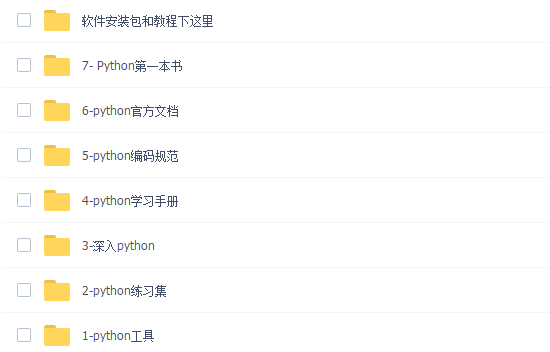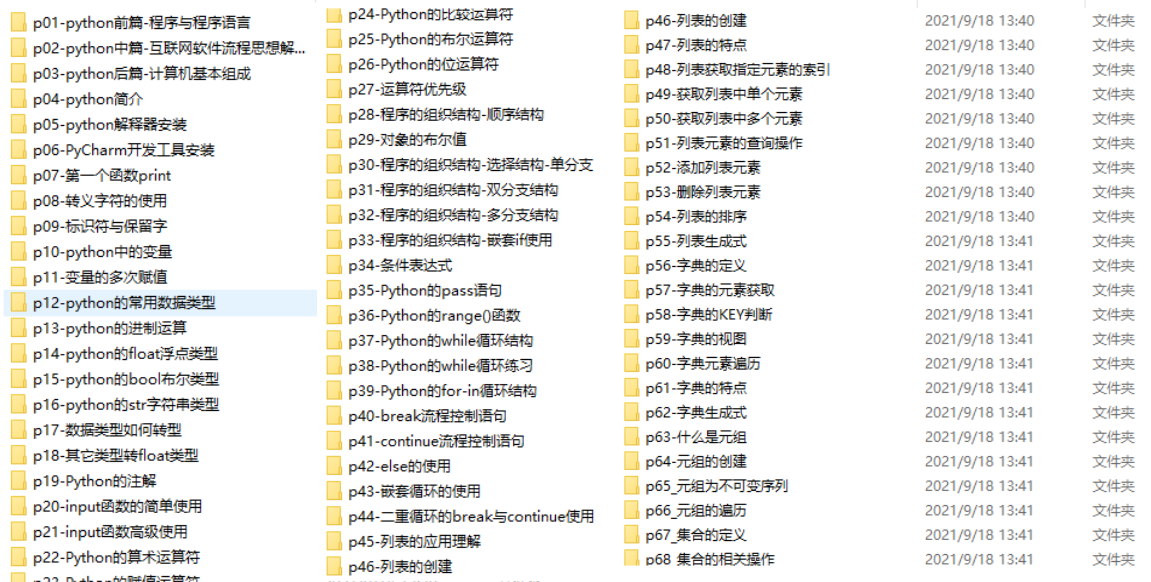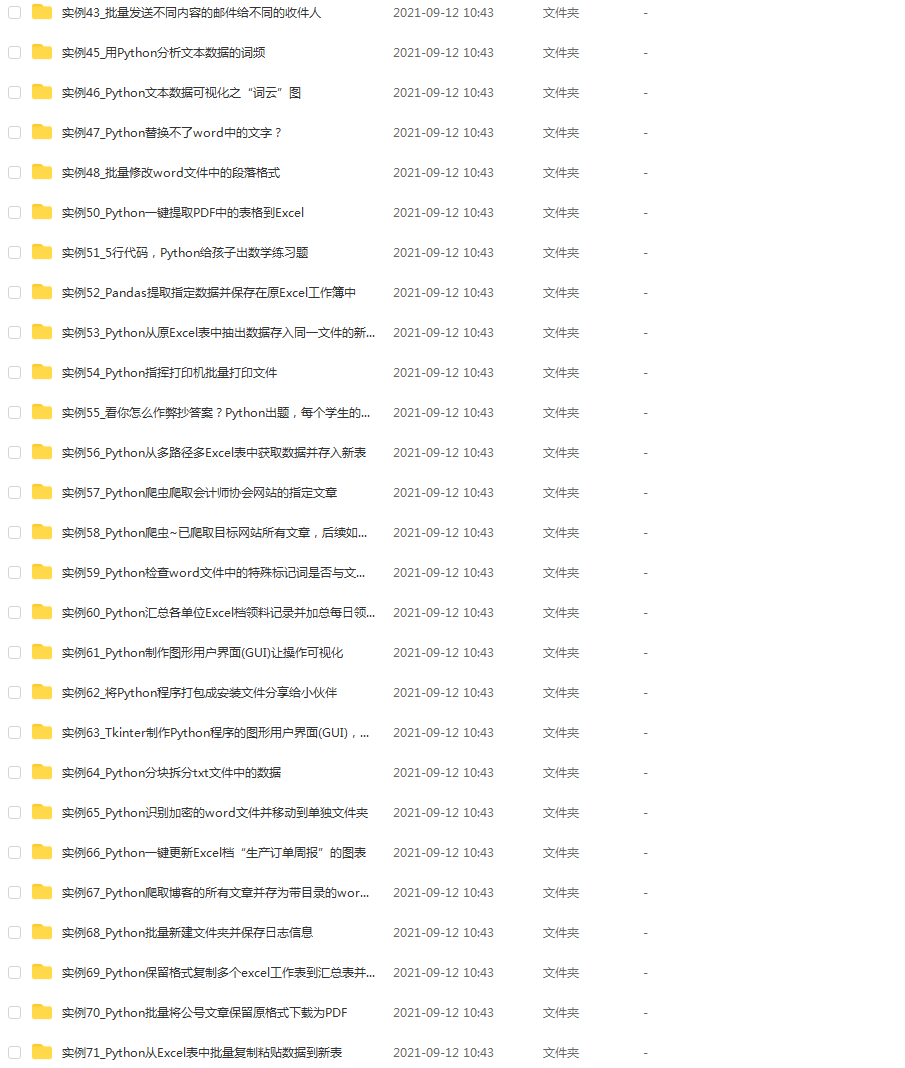问题
Python 关键字 yield 的作用是什么?用来干什么的?
比如,我正在试图理解下面的代码:
def node._get_child_candidates(self, distance, min_dist, max_dist):
if self._leftchild and distance - max_dist < self._median:
yield self._leftchild
if self._rightchild and distance + max_dist >= self._median:
yield self._rightchild
下面的是调用:
result, candidates = list(), [self]
while candidates:
node = candidates.pop()
distance = node._get_dist(obj)
if distance <= max_dist and distance >= min_dist:
result.extend(node._values)
candidates.extend(node._get_child_candidates(distance, min_dist, max_dist))
return result
当调用 _get_child_candidates 的时候发生了什么?返回了一个列表?返回了一个元素?被重复调用了么? 什么时候这个调用结束呢?
回答
为了理解什么是 yield ,你必须理解什么是生成器。在理解生成器之前,让我们先走近迭代。
可迭代对象
当你建立了一个列表,你可以逐项地读取这个列表,这叫做一个可迭代对象:
mylist = [1, 2, 3]
for i in mylist :
… print(i)
1
2
3
mylist 是一个可迭代的对象。当你使用一个列表生成式来建立一个列表的时候,就建立了一个可迭代的对象:
mylist = [x*x for x in range(3)]
for i in mylist :
… print(i)
0
1
4
所有你可以使用 for … in … 语法的叫做一个迭代器:列表,字符串,文件……你经常使用它们是因为你可以如你所愿的读取其中的元素,但是你把所有的值都存储到了内存中,如果你有大量数据的话这个方式并不是你想要的。
生成器
生成器是可以迭代的,但是你 只可以读取它一次 ,因为它并不把所有的值放在内存中,它是实时地生成数据:
mygenerator = (x*x for x in range(3))
for i in mygenerator :
… print(i)
0
1
4
看起来除了把 [] 换成 () 外没什么不同。但是,你不可以再次使用 for i in mygenerator , 因为生成器只能被迭代一次:先计算出0,然后继续计算1,然后计算4,一个跟一个的…
yield 关键字
yield 是一个类似 return 的关键字,只是这个函数返回的是个生成器。
def createGenerator() :
… mylist = range(3)
… for i in mylist :
… yield i*i
…
mygenerator = createGenerator() # create a generator
print(mygenerator) # mygenerator is an object!
<generator object createGenerator at 0xb7555c34>
for i in mygenerator:
… print(i)
0
1
4
这个例子没什么用途,但是它让你知道,这个函数会返回一大批你只需要读一次的值.
为了精通 yield ,你必须要理解:当你调用这个函数的时候,函数内部的代码并不立马执行 ,这个函数只是返回一个生成器对象,这有点蹊跷不是吗。
那么,函数内的代码什么时候执行呢?当你使用for进行迭代的时候.
现在到了关键点了!
第一次迭代中你的函数会执行,从开始到达 yield 关键字,然后返回 yield 后的值作为第一次迭代的返回值. 然后,每次执行这个函数都会继续执行你在函数内部定义的那个循环的下一次,再返回那个值,直到没有可以返回的。
如果生成器内部没有定义 yield 关键字,那么这个生成器被认为成空的。这种情况可能因为是循环进行没了,或者是没有满足 if/else 条件。
回到你的代码
生成器:
#Here you create the method of the node object that will return the generator
def node._get_child_candidates(self, distance, min_dist, max_dist):
#Here is the code that will be called each time you use the generator object :
#If there is still a child of the node object on its left
#AND if distance is ok, return the next child
if self._leftchild and distance - max_dist < self._median:
yield self._leftchild
#If there is still a child of the node object on its right
#AND if distance is ok, return the next child
if self._rightchild and distance + max_dist >= self._median:
yield self._rightchild
#If the function arrives here, the generator will be considered empty
#there is no more than two values : the left and the right children
调用者:
#Create an empty list and a list with the current object reference result, candidates = list(), [self]
#Loop on candidates (they contain only one element at the beginning) while candidates: #Get the last candidate and remove it from the list
node = candidates.pop() #Get the distance between obj and the candidate
distance = node._get_dist(obj)#If distance is ok, then you can fill the result
if distance <= max_dist and distance >= min_dist:
result.extend(node._values)#Add the children of the candidate in the candidates list
# so the loop will keep running until it will have looked
# at all the children of the children of the children, etc. of the candidate
candidates.extend(node._get_child_candidates(distance, min_dist, max_dist))return result
这个代码包含了几个小部分:
List item
- 我们对一个列表进行迭代,但是迭代中列表还在不断的扩展。它是一个迭代这些嵌套的数据的简洁方式,即使这样有点危险,因为可能导致无限迭代。 candidates.extend(node._get_child_candidates(distance, min_dist, max_dist)) 穷尽了生成器的所有值,但 while 不断地在产生新的生成器,它们会产生和上一次不一样的值,既然没有作用到同一个节点上.
- extend() 是一个迭代器方法,作用于迭代器,并把参数追加到迭代器的后面。
通常我们传给它一个列表参数:
a = [1, 2]
b = [3, 4]
a.extend(b)
print(a)
[1, 2, 3, 4]
但是在你的代码中的是一个生成器,这是不错的,因为:
- 你不必读两次所有的值
- 你可以有很多子对象,但不必叫他们都存储在内存里面。
并且这很奏效,因为 Python 不关心一个方法的参数是不是个列表。Python 只希望它是个可以迭代的,所以这个参数可以是列表,元组,字符串,生成器… 这叫做 duck typing,这也是为何 Python 如此棒的原因之一,但这已经是另外一个问题了…
你可以在这里停下,来看看生成器的一些高级用法:
控制生成器的穷尽
class Bank(): # let’s create a bank, building ATMs
… crisis = False
… def create_atm(self) :
… while not self.crisis :
… yield “$100”
hsbc = Bank() # when everything’s ok the ATM gives you as much as you want
corner_street_atm = hsbc.create_atm()
print(corner_street_atm.next())
$100
print(corner_street_atm.next())
$100
print([corner_street_atm.next() for cash in range(5)])
[‘$100’, ‘$100’, ‘$100’, ‘$100’, ‘$100’]
hsbc.crisis = True # crisis is coming, no more money!
print(corner_street_atm.next())
<type ‘exceptions.StopIteration’>
wall_street_atm = hsbc.create_atm() # it’s even true for new ATMs
print(wall_street_atm.next())
<type ‘exceptions.StopIteration’>
hsbc.crisis = False # trouble is, even post-crisis the ATM remains empty
print(corner_street_atm.next())
<type ‘exceptions.StopIteration’>
brand_new_atm = hsbc.create_atm() # build a new one to get back in business
for cash in brand_new_atm :
… print cash
$100
$100
$100
$100
$100
$100
$100
$100
$100
…
对于控制一些资源的访问来说这很有用。
Itertools,你最好的朋友
itertools 包含了很多特殊的迭代方法。是不是曾想过复制一个迭代器?串联两个迭代器?把嵌套的列表分组?不用创造一个新的列表的 zip/map?
只要 import itertools
需要个例子?让我们看看比赛中4匹马可能到达终点的先后顺序的可能情况:
horses = [1, 2, 3, 4]
races = itertools.permutations(horses)
print(races)
<itertools.permutations object at 0xb754f1dc>
print(list(itertools.permutations(horses)))
[(1, 2, 3, 4),
(1, 2, 4, 3),
(1, 3, 2, 4),
(1, 3, 4, 2),
(1, 4, 2, 3),
(1, 4, 3, 2),
(2, 1, 3, 4),
(2, 1, 4, 3),
(2, 3, 1, 4),
(2, 3, 4, 1),
(2, 4, 1, 3),
(2, 4, 3, 1),
(3, 1, 2, 4),
(3, 1, 4, 2),
(3, 2, 1, 4),
(3, 2, 4, 1),
(3, 4, 1, 2),
(3, 4, 2, 1),
(4, 1, 2, 3),
(4, 1, 3, 2),
(4, 2, 1, 3),
(4, 2, 3, 1),
(4, 3, 1, 2),
(4, 3, 2, 1)]
了解迭代器的内部机理
迭代是一个实现可迭代对象(实现的是 iter() 方法)和迭代器(实现的是 next() 方法)的过程。可迭代对象是你可以从其获取到一个迭代器的任一对象。迭代器是那些允许你迭代可迭代对象的对象。代器的内部机理
写在最后

今天小编也给大家分享一份Python学习资料和公开课,里面的内容都是适合零基础小白的笔记和资料,不懂编程也能听懂、看懂。如果需要的话扫描下方二维码免费获得,让我们一起学习!
**以上资料,想要入门Python ,或者正在学习 Python 的同学们如果需要可以[点击这里]领取
一、Python所有方向的学习路线
Python所有方向路线就是把Python常用的技术点做整理,形成各个领域的知识点汇总,它的用处就在于,你可以按照上面的知识点去找对应的学习资源,保证自己学得较为全面。

二、学习软件
工欲善其事必先利其器。学习Python常用的开发软件都在这里了,给大家节省了很多时间。

三、全套PDF电子书
书籍的好处就在于权威和体系健全,刚开始学习的时候你可以只看视频或者听某个人讲课,但等你学完之后,你觉得你掌握了,这时候建议还是得去看一下书籍,看权威技术书籍也是每个程序员必经之路。

四、入门学习视频
我们在看视频学习的时候,不能光动眼动脑不动手,比较科学的学习方法是在理解之后运用它们,这时候练手项目就很适合了。

四、实战案例
光学理论是没用的,要学会跟着一起敲,要动手实操,才能将自己的所学运用到实际当中去,这时候可以搞点实战案例来学习。

五、清华编程大佬出品《漫画看学Python》
用通俗易懂的漫画,来教你学习Python,让你更容易记住,并且不会枯燥乏味。

配套600集视频:

六、面试资料
我们学习Python必然是为了找到高薪的工作,下面这些面试题是来自阿里、腾讯、字节等一线互联网大厂最新的面试资料,并且有阿里大佬给出了权威的解答,刷完这一套面试资料相信大家都能找到满意的工作。























 1390
1390

 被折叠的 条评论
为什么被折叠?
被折叠的 条评论
为什么被折叠?








